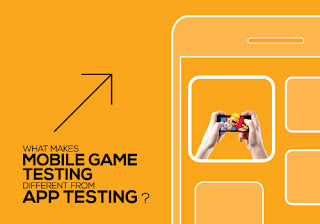As everyone knows, the demand for Android App Testing Services is at an all time high. As the number of smartphones and tablets has increased considerably, people started searching for apps which are engaging. Businesses publish thousands of apps in the app stores daily, but a few of them only draw the attention of app users. Others remain as a zombie in the app stores.
Proper App Store Optimization can drive maximum downloads for your app. Hiring the right Android App Testing Services can make your app a success.
Here are 4 tips for hiring the right Android App Testing Services
Check the earlier projects of the company
Before hiring a testing service you should check the previous projects of the company. This will help you understand the attitude of the company and quality of their services. Analyze the features of their services such as designing capabilities, functionality and the time taken to finish a task. Having an idea about the company will help you to finalize whether they are able to offer you services as required.
Knowledge about Popular Open Source Platforms
Talk with the testers and developers of the company. Ask them whether they have proficient knowledge in open source platforms. Since Android is an open source platform, you should make sure that they can provide you services as you needed. So, always look for testing services familiar with latest open source libraries.
Contact their Clients
Clients are the best sources to seek feedback about an App Testing Company. As they have working experience with the company clients know the excellence and drawbacks of their services. Ask the clients if the testers can complete the projects as you expected and how they treated their clients. This will help you know whether there are capable of tackling the challenges of Android App Testing.
Check if they have an innovative approach
Before hiring an agency you should ensure that they have a business analyst in their team. Business analysts can predict the scope of your app in the market. Tell him about your business needs and goals. Try to converse with the developers and testers in the company.
The development team will check the performance of your device on various devices and find the limitations of your app. If they have an innovative approach in their work they will discuss it with business analyst and he will advise you the necessary changes needed for your software. Quality team work is the notable feature of a testing service.
We hope these 4 tips will help you hire a proficient agency. So, keep in mind all these aspects and pick the right Android App Testing Services.

